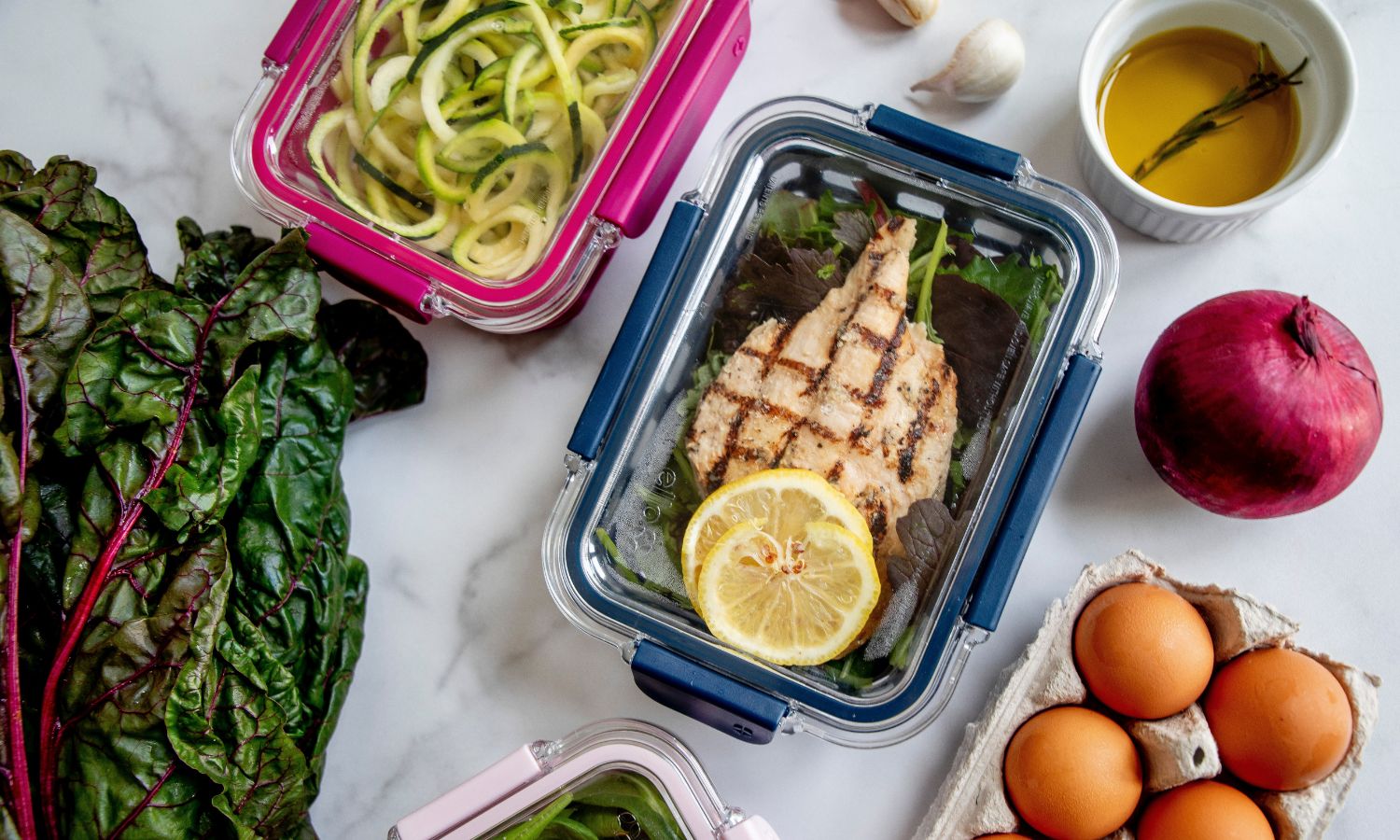Products featured are independently and objectively selected by our editors. From time to time, things you buy through our links may earn us an affiliate commission.
Bid farewell to overcrowded shelves, food waste, and the stench of month-old brie — and say hello to a well-organised fridge that you won’t hesitate to open in front of company.
Elevate your culinary experience with these top tips for how to organise your fridge efficiently.
Deep Clean
If you can’t remember the last time it was given a thorough cleanse, it’s definitely been too long. Remove all items from the fridge, and discard any expired or spoiled foods (and no, you can’t save that cheddar just by ‘cutting away’ the mould). Then wipe down the shelves and drawers with a mild solution of vinegar and water to ensure a fresh start.
Embrace First-In, First-Out (FIFO)
The first rule for how to organise your fridge effectively is to implement the FIFO method to reduce food waste. When restocking groceries or leftovers, place newer items behind older ones, ensuring that the oldest items get used first.
Categorise Smartly
Group similar items together to create a systematic and functional fridge layout. Designate specific shelves or drawers for categories such as fruits, vegetables, dairy, beverages, and leftovers. This categorisation will make it a breeze to find what you need and keep items in their proper place.
Harness the Power of Containers
Invest in clear and airtight containers to store leftovers and prepared foods. Not only do these containers keep food fresher for longer, but they also help maintain an organised and visually appealing fridge.

Optimise Door Space
When learning how to organise your fridge, utilise the fridge door space wisely. Store condiments, sauces, and frequently used items on the door shelves for easy access. But remember, this area experiences the most temperature fluctuations, so avoid storing highly perishable items here.
Temperature Zone Awareness
Become acquainted with the temperature zones in your fridge. Store fruits and vegetables in their designated crispers, and dairy and meats in the designated cooler sections. This practice maintains food quality and minimises the risk of cross-contamination.
While you’re at it, place perishable items that require constant chilling, such as dairy and eggs, towards the back of the fridge, where the temperature remains coldest. This ensures food safety and reduces the risk of spoilage.
Regular Fridge Maintenance
Commit to regular maintenance for long-term success. Schedule a weekly check to review the contents, clean up any spills, and remove expired items. This proactive approach will keep your fridge organised and your food fresh.
Related: How To Stop Wasting Food
Related: How to Declutter Your Wardrobe
Read more stories from The Latch and subscribe to our email newsletter.







